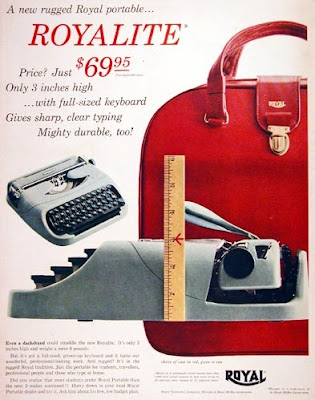Were it so easy to produce a press release – and while on the
move, what’s more – these days. Here we
see League of Women Voters
representatives gathered around a table on a sidewalk while typewriting and
mimeographing news releases to hand out at train stops en route to the 1920 Democratic
Convention in San Francisco late June 1920.
Yes, we have laptops today, powered by batteries, and email. But gee, this was all done by hand, and the end product was put before the eyes of the intended recipients in an instant. Hard to beat!
Yes, we have laptops today, powered by batteries, and email. But gee, this was all done by hand, and the end product was put before the eyes of the intended recipients in an instant. Hard to beat!
The League of Women Voters was founded in Chicago on
February 14, 1920. It was founded by Carrie Chapman Catt (below) during the last
meeting of the National American Woman Suffrage Association, six months before
the Nineteenth Amendment to the United States Constitution gave women the right
to vote. The amendment was ratified on August 18, 1920. The league began as a
"mighty political experiment" aimed to help newly enfranchised women
exercise their responsibilities as voters.
I can guarantee one thing, 92 years down the track: These
women might have been typewriting and copying press releases on pavements, but
the contents would have been, in terms of construction, at least about 1000
superior to anything being issued by political hacks and lobbyists today.


















































.jpg)









